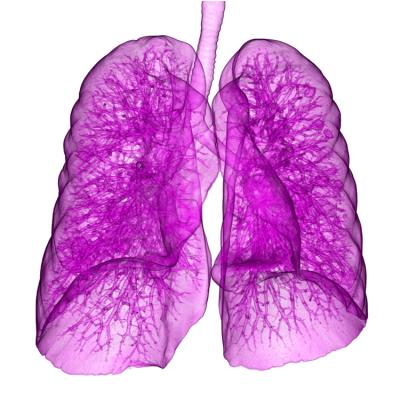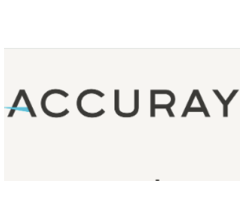
September 29, 2016 — New research suggests enhanced, culturally-competent communication with early-stage lung cancer patients can narrow racial gaps in curative treatment completion and increase treatment rates for all races. The study, part of a project supported by the National Cancer Institute, found that multiple, coordinated modalities of patient support essentially eliminated the inequity in curative treatment and improved completion of care for all patients.
The research was presented at the 58th Annual Meeting of the American Society for Radiation Oncology (ASTRO), Sept. 25-28 in Boston.
Due to major breakthroughs in lung cancer screening and treatment, many patients with early-stage lung cancer can now be cured with minimal side effects, but disparities negatively impact these potentially high survival rates for vulnerable populations. Many studies have shown, for example, that curative treatment rates for early-stage lung cancer are lower for African American patients than for White patients, which contributes to higher death rates for African Americans.
The Accountability for Cancer Care through Undoing Racism and Equity (ACCURE) trial is an NIH-sponsored multi-institutional project designed to reduce racial disparities and increase treatment utilization for early-stage lung and breast cancer, especially among African Americans. The ACCURE intervention consists of multiple layers of patient support, including an electronic health record system that signals whenever a patient misses an appointment or anticipated milestone in care; nurse navigators specially trained in race-related barriers to care; presentation of race-specific treatment feedback to care teams; and quarterly health equity training sessions for staff drawing on evidence from community-based participatory research.
Findings are based on data from 100 patients with stage I or II lung cancer enrolled into the prospective randomized trial between 2013 and 2015; of these patients, 25 percent were black, compared to a local population rate of 13 percent. Primary outcomes included rates of receiving two potentially curative lung cancer treatments, stereotactic body radiation therapy (SBRT) and surgical resection (R). Rates among study participants were measured against other patient records at the cancer centers involved in the trial. Records for all patients treated between 2007 and 2011 (n = 2,044) served as baseline data, and records for all patients treated between 2014 and 2015 (n = 393) served as a control group. Researchers conducted multivariate analyses to control for Charlson comorbidity score, prognosis (i.e., disease stage I or II) and patient age.
Treatment rates for both surgical resection and SBRT increased for all patients who received the intervention. Among patients in the intervention, 96 percent received resection or SBRT for early-stage lung cancer, compared to rates of 64 to 76 percent for the baseline group and 85 to 87 percent for the control group.
The intervention also eliminated the racial disparity in treatment rates for this cohort. Rates of receiving potentially curative treatment were 96 percent for both African American and White patients in the intervention, compared to a gap in baseline rates of 12 percent (i.e., 64 percent for African American vs. 76 percent for White patients).
“The history of racial inequality in healthcare has been long standing. Health disparity has been defined, studied and accepted for decades, yet these chasms continue to harm large groups of patients,” said Matthew A. Manning, M.D., radiation oncologist at Cone Health Cancer Center in Greensboro, North Carolina and lead author of the study. “Our findings show that an evidence-based, strategic intervention can essentially eliminate a racial disparity while improving rates of treatment completion for all races.”
Treatment rates compared to baseline also increased for the control group of all patients at the cancer center (i.e., including those not enrolled in the trial). Researchers attributed this finding to a likely spillover effect, where even patients who were not enrolled in the trial may have benefitted from staff training and other structural or cultural changes at the center.
Age and disease stage significantly impacted treatment rates, but comorbidity affected rates of surgical resection only. Patients younger than age 70 were more likely to receive treatment with SBRT or resection (Odds Ratio (OR), 1.9; p < 0.05), as were those with earlier stage disease (OR, 3.0; p < 0.05). Patients with higher comorbidity scores were less likely to receive resection (OR, 0.66; p < 0.05) but not SBRT.
“As we move into an era of population health, the responsibility for incomplete courses of cancer treatment will shift from the individual patient to the healthcare delivery system,” said Manning. “The ACCURE trial represents one of the first studies to demonstrate an intervention to prospectively eliminate racial disparity in cancer treatment. The results suggest that treatment inequity can be closed, not just for African Americans with early-stage lung cancer, but for other underserved populations and other types of cancer.”
For more information: www.astro.org


 December 11, 2025
December 11, 2025 









